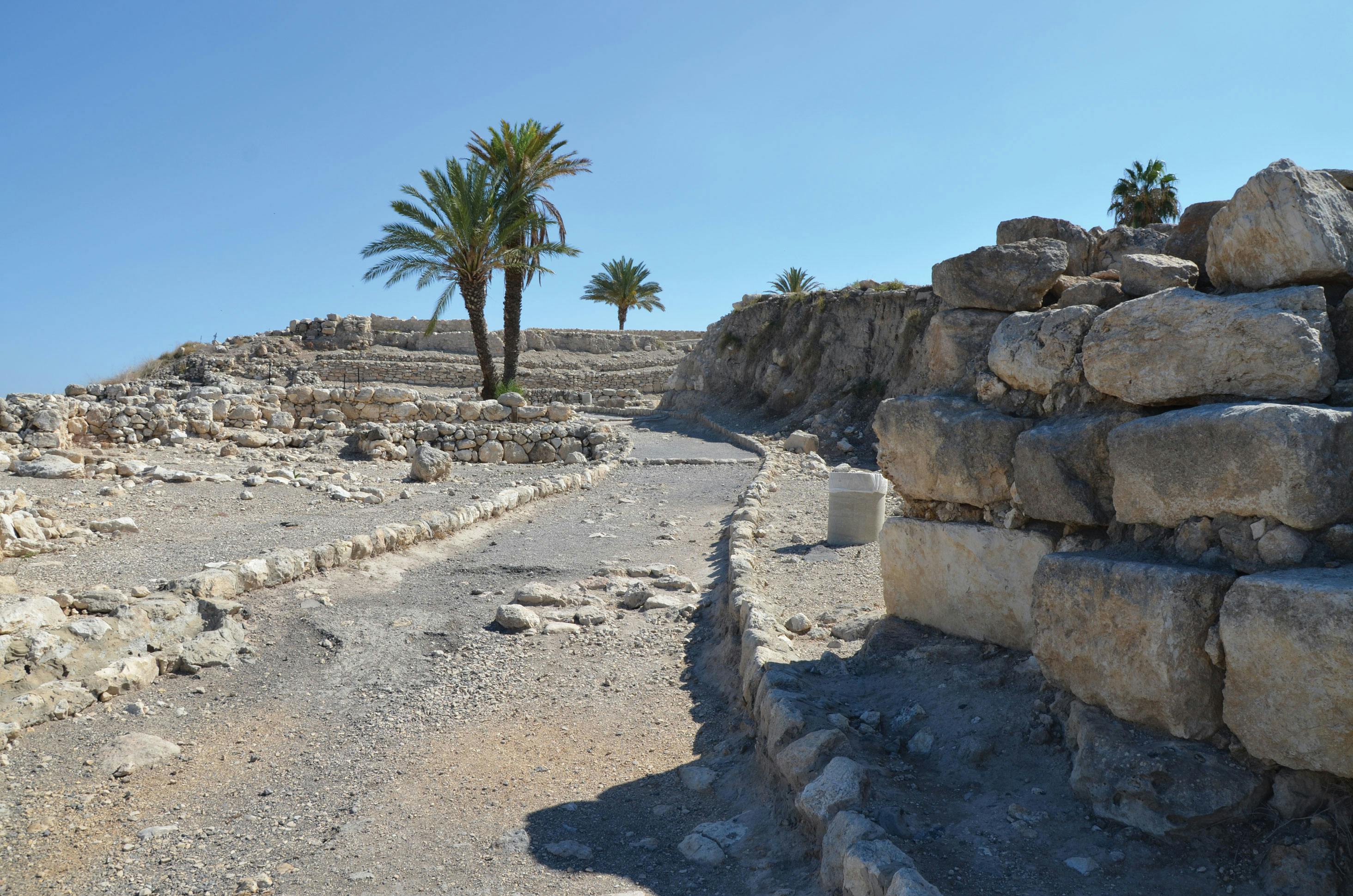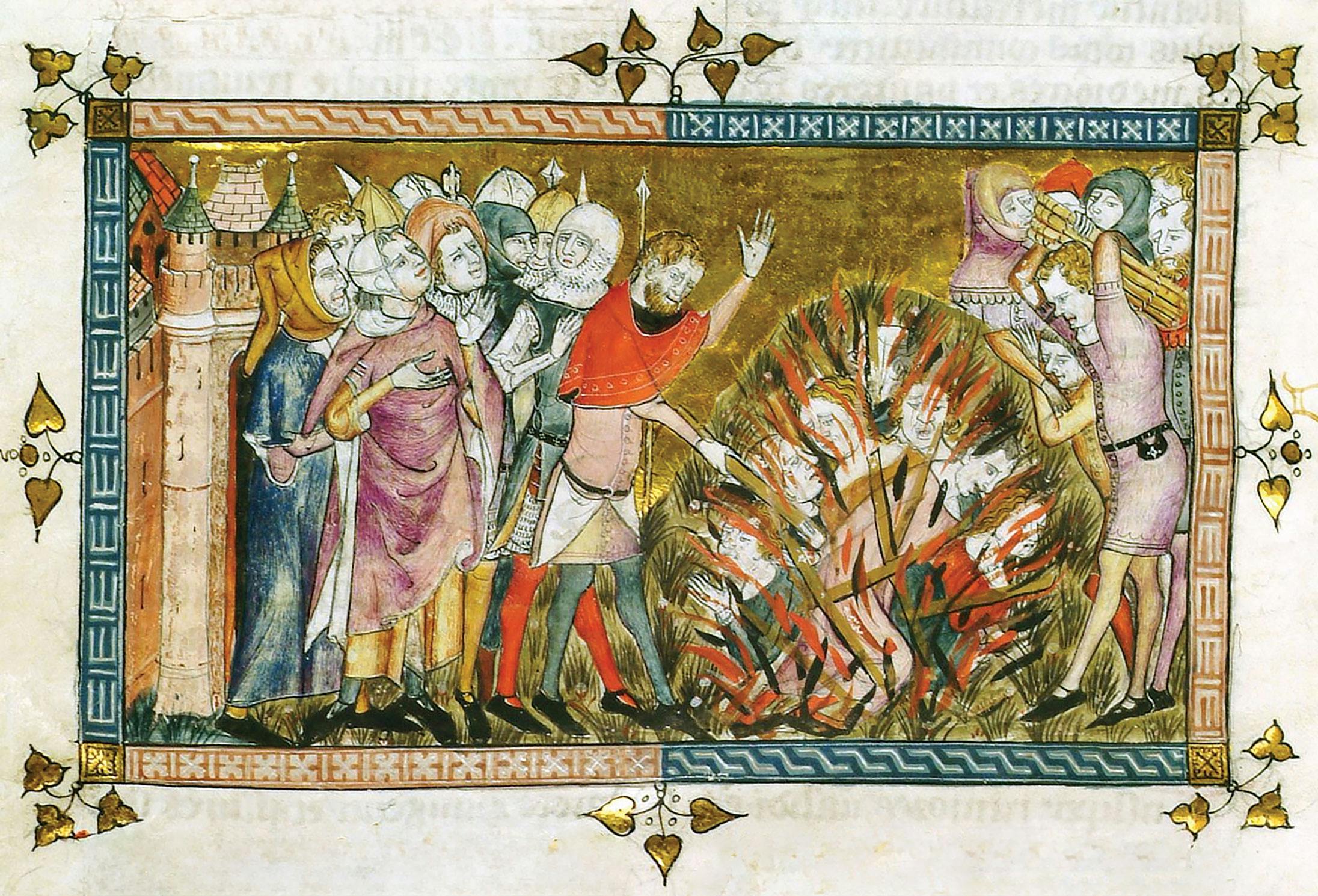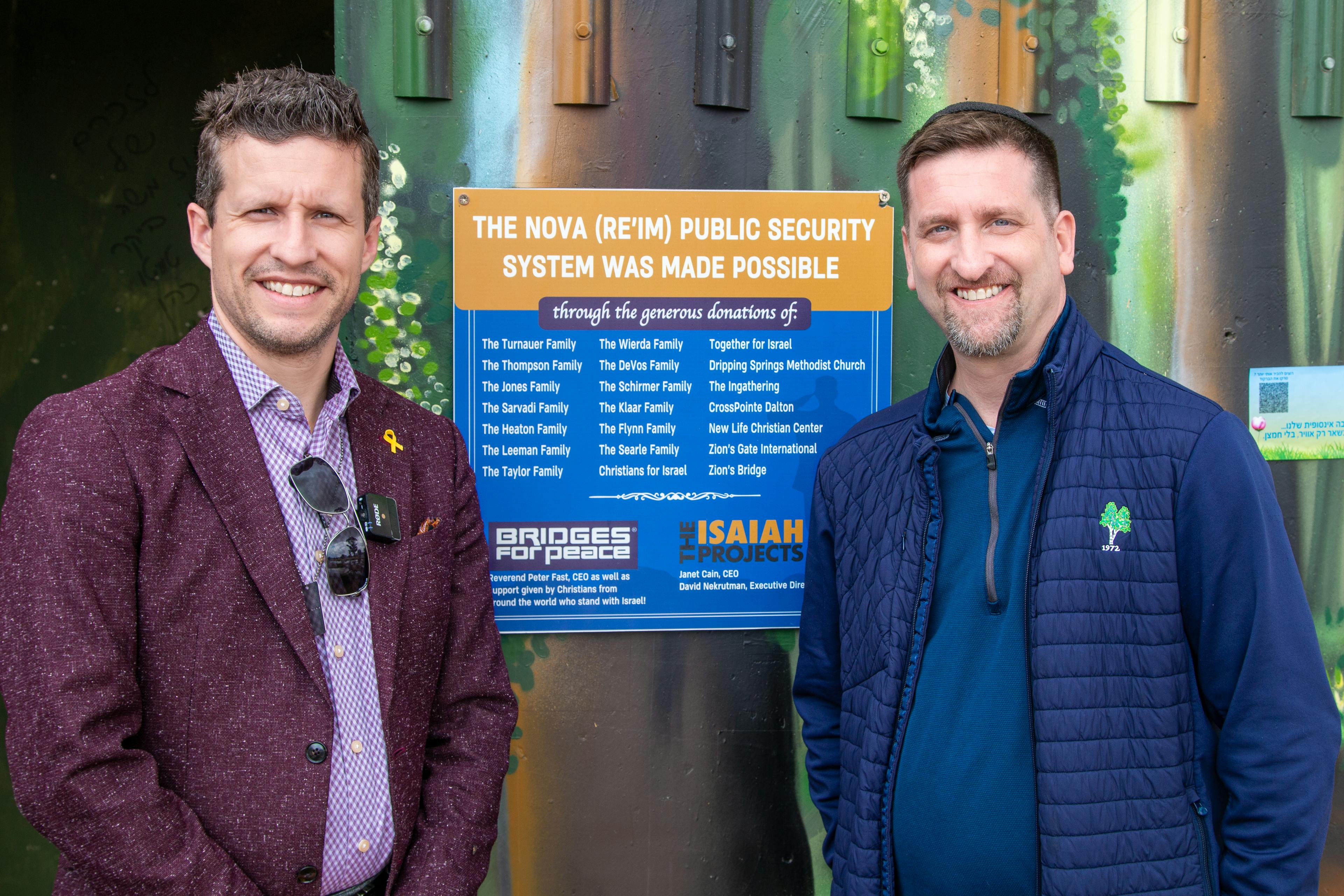Shavuot—A Harvest Celebration
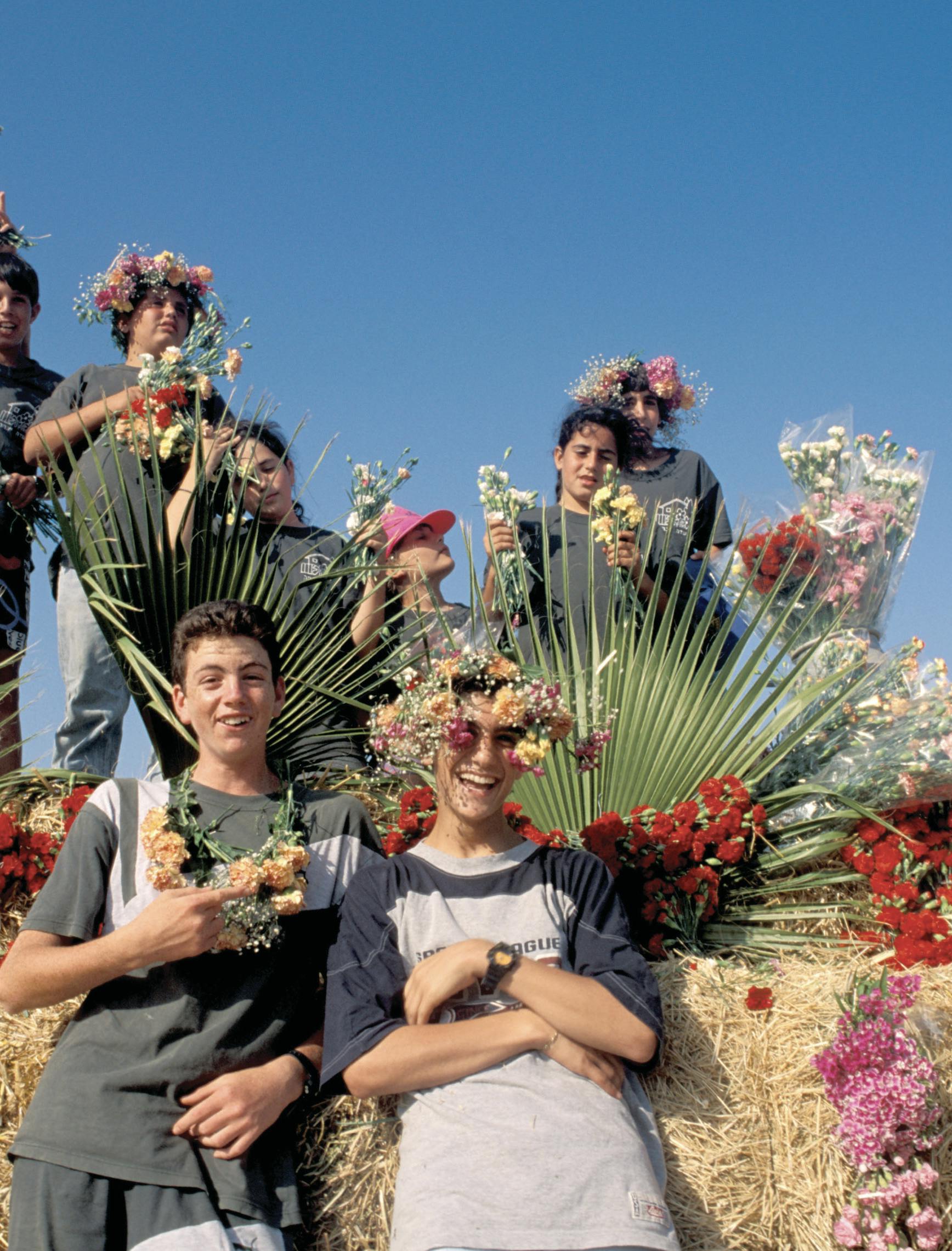
Shavuot, also known as the Feast of Weeks and Pentecost, occurs on the sixth of the Hebrew month of Sivan in Israel. In ancient times, it was on of the three pilgrim festivals which required a visit to the temple, along with Pesach (Passover) and Sukkot (Feast of Tabernacles). Today, the holiday commemorates the giving of the Torah (Gen.-Deut.) at Mount Sinai where the covenant relationship with God and His people was formalized. It is marked primarily by services in synagogues beautifully decorated with flowers and greenery and by the eating of dairy foods.
Originally, Shavuot was an agricultural celebration, which marked the end of the seven-week period of counting the omer, a measure of harvested grain. The Passover celebration began with the destruction of all chametz, (leaven), allowing only unleavened bread to be eaten. On the second day of Passover, the barley harvest began, and the first sheaf was waved before the Temple altar. For 49 days, the omer was offered until the 50th day, which was Shavuot. On this day, two loaves of leavened bread were waved before that same altar.
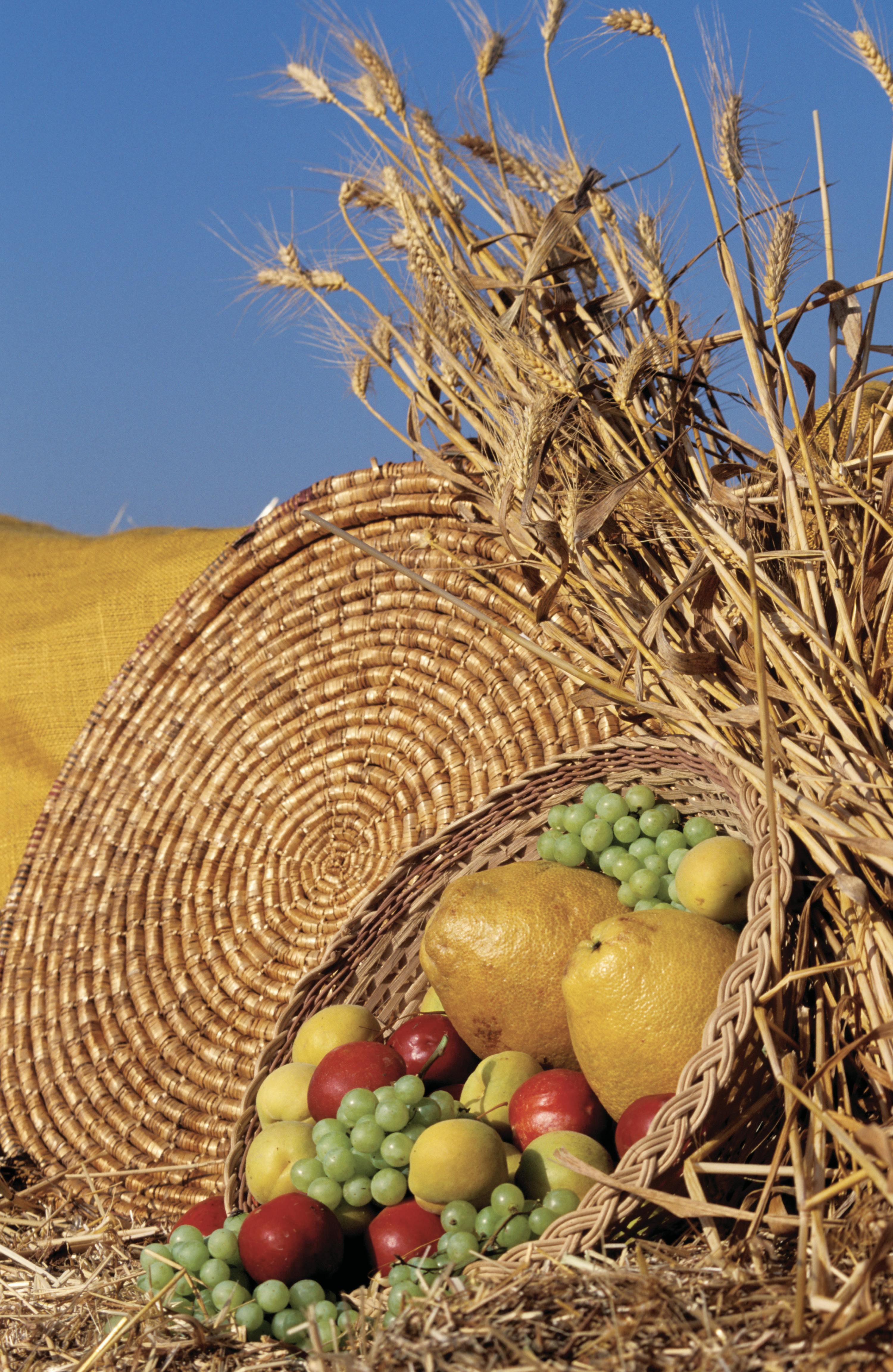
Throughout history, Jewish scholars have debated the significance of this seeming progression from chametz-free to leaven-laden. Some have suggested that it is actually the story of freedom. Passover celebrates the liberation of the Jewish people from slavery in Egypt, but equally important is the freedom to worship God on His terms. By willingly entering into ccovenant at Sinai, the Jewish people were given the ability to face the world in freedom, regardless of their circumstances—even to eat of chametz and remain free. So, these scholars say, the 49 days separating Pesach and Shavuot is the period in which God's people ready themselves to freely choose the covenant by saying yes to Him and the liberty found in relationship with Him.
The Offering of First Fruits
During the days of the Temple in Jerusalem, Shavuot was also celebrated as the Feast of First Fruits. The first of the seven species (Deut. 8:8) were brought to the Temple with great joy and festivity, as an expression of the holiness, not just of God or of HIs chosen people, but also of the Land itself. Just as God chose the offspring of Abraham and set them apart as His own people, so He chose the Land of Israel, sanctifying it as His special and sacred possession. The bringing of this offering to the Temple renewed that relationship every year, reminding the people of their dependence on God and His blessing.
And what a festival it was! Each farmer actually marked the first of the crop that appeared on the tree or the vine by tying a colored ribbon around it, so that his offering was, in fact, the very first of the fruit. At the appointed time, thousands of pilgrims made their way to Jerusalem from all over the Land. Families crossed the Land by foot, donkey, and produce-laden wagon, filling the air with excitement and anticipation. Along the way, the travelers gathered in certain cities where they spent the night sleeping in the streets. At dawn, they were awakened by the cry of the overseer shouting, "Arise ye and let us go up to Zion unto the LORD our God" (Jer. 31:6, KJV). As they drew nearer Jerusalem, the crowds converged into one throng of worshippers. Led by oxen whose horns were overlaid with gold and accompanied by flutes, they sang, "I was glad when they said unto me, let us go into the house of the LORD" (Ps. 122:1). Reverence and joy filled each one as the nation expressed gratitude to the Lord, whose covenant love protected and sustained it.
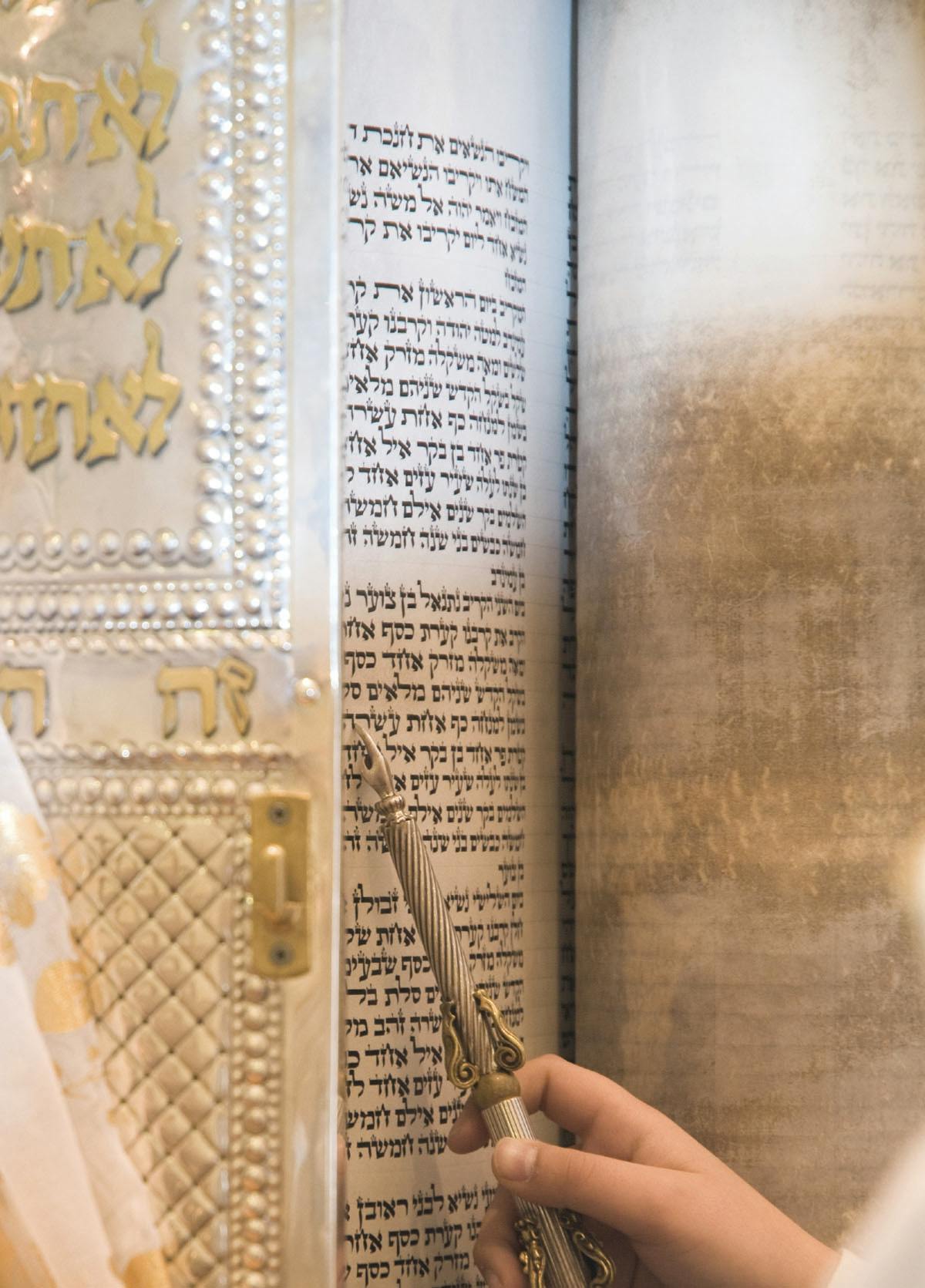
The Gift of Torah
Today, the emphasis has shifted from the gift of a bountiful harvest, which fed the people all year, to the gift of the Torah that is endlessly sustaining. Many Jewish people worldwide spend the entire night of Shavuot studying the books of Moses. At dawn, they gather to thank the Lord for the Torah, and in Israel, thousands of worshippers can be found at the Western Wall. Some believe that a glance upward at just the right time during the night will allow a glimpse into heaven itself and guarantee an answered prayer.
Other customs have grown up around Shavuot, such as parades at agricultural kibbutzim (communal settlements) where ornately decorated floats display the harvest in joyful processions. Traditionally in the synagogue, the book of Ruth is read because of its agricultural focus, because Ruth’s conversion represents a voluntary acceptance of the Torah and God’s covenant, and because tradition says that King David, of Ruth’s lineage, was born and died on Shavuot.
Perhaps the most beautiful of all, however, is the Sephardic tradition of the Shavuot marriage between God as the groom and Israel as His bride. With Mount Sinai as the chuppah (canopy), ketubah (marriage agreement) is written each year. The following is an excerpt from one such text: “The Bridegroom [God], Ruler of rulers, Prince of princes, Distinguished among the select, whose mouth is pleasing and all of Whom is delightful, said unto the pious, lovely and virtuous maiden [the people of Israel] who won His favor above all women, who is beautiful as the moon, radiant as the sun, awesome as bannered hosts: ‘Many days wilt thou be mine and I will be thy Redeemer.’”
Related Resources

Discover Your Purpose and God’s Heart For You
In today's divided, turbulent world, it's essential for the Church to rediscover God's heart. Our free e-book, authored by a seasoned expert with three decades of experience in Israel, delves deep into the teachings of Jesus (Yeshua) to reveal God’s principles of love and purpose. Learn how embracing these truths can bring significance and impact to your life, even amidst chaos. Subscribe now to receive your free copy and embark on a journey of transformation.

